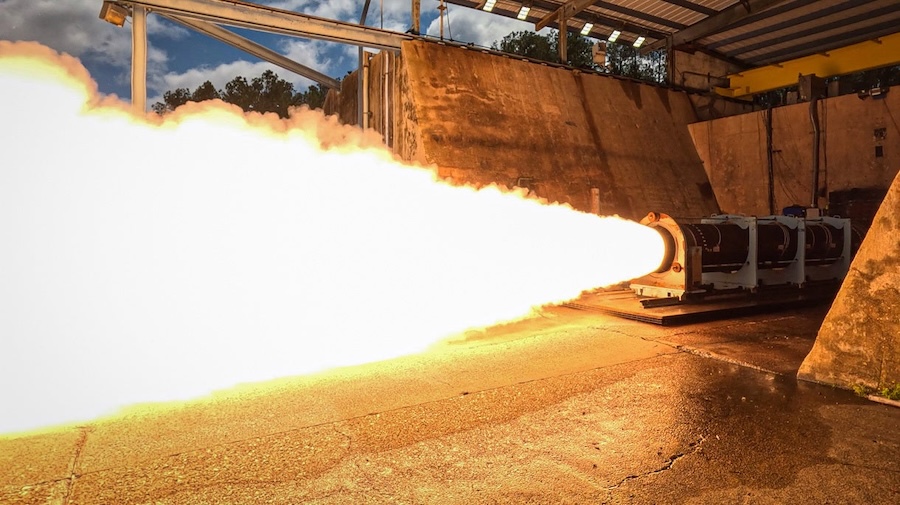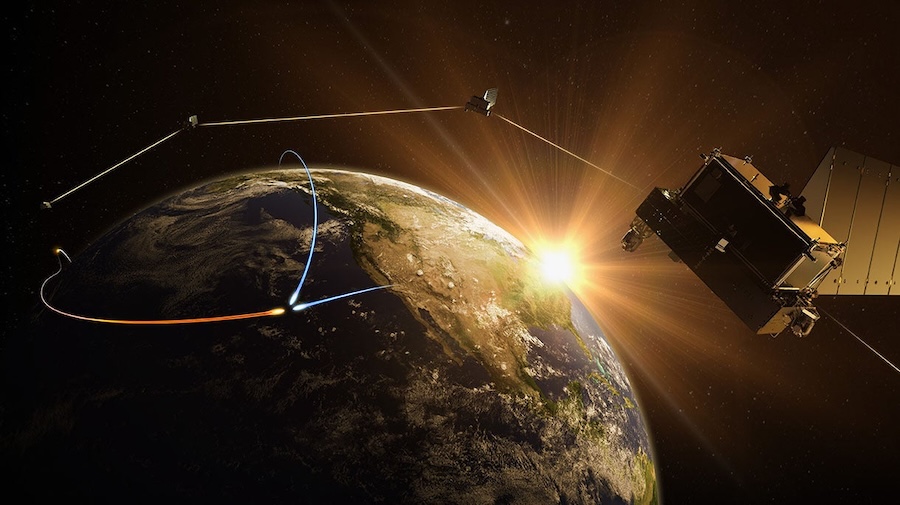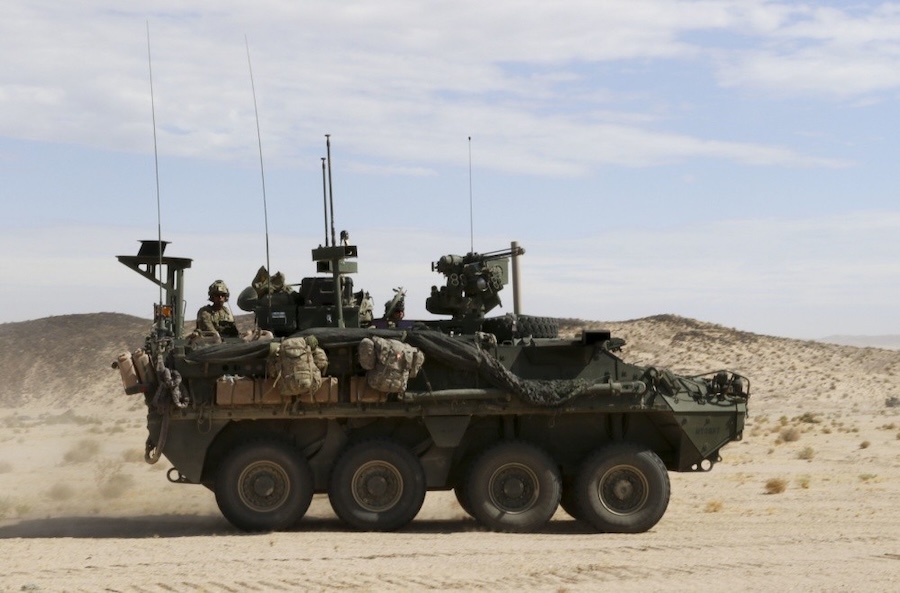The launch required the collaboration of multiple Space Force organisations, including Space Systems Command (SSC) and Space Operations Command (SpOC), to pull the GPS III satellite from storage and integrate it with the launch vehicle in record time. Traditionally requiring a 24-month preparation period, this mission was accomplished in just five months, demonstrating the agility of the Space Force and its partners.
“This launch was a remarkable achievement that highlights the Space Force’s ability to execute high-priority launches of major space systems on a significantly reduced timescale,” said Col. Jim Horne, senior materiel leader of Launch Execution for SSC’s Assured Access to Space. He added, “It not only demonstrates the teams’ ability to respond to emergent constellation needs but is a testament to our flexibility and responsiveness.”
For SpOC, this mission marked the first operation led by Mission Delta 31, which achieved satellite pre-launch processing in approximately three months instead of the usual six. This included coordination with Lockheed Martin to prepare the satellite for deployment. Col. Andrew Menschner, Delta 31 mission commander, praised the collaborative effort, stating, “This launch showed our ability to respond quickly to an operational need, as well as demonstrating our willingness to challenge traditional timelines.”
The mission also served as a trailblazer for future rapid deployments within the GPS constellation. With 31 active satellites, seven in reserve, and three awaiting launch, the GPS network continues to support over six billion global users daily. “We are always eager to update the global capability we provide by getting some new technology on orbit,” Menschner emphasised.
Key technical and logistical challenges were resolved through innovative teamwork across various disciplines. These included space vehicle-to-launch vehicle integration, satellite control readiness, and adaptive contracting processes. Dr. Walt Lauderdale, Falcon Systems and Operations chief and launch mission director, highlighted the broader implications, saying, “This partnership is an example of new and faster ways we can deliver launch in support of future warfighter needs.”
Source: U.S. Space Force.





























